
Words Porter & SailDate 06 February 2019
Here’s how to prep your Paris suitcase: “Travel light and casual: a pair of jeans, white shirt, blue jacket, book, and iPhone,” says Julien Guerrier, Louis Vuitton’s editorial director, who sat down recently with us to spill the elusive style secrets of the French capital. “Parisians rely on the versatility of a basic wardrobe acceptable in all circumstances,” he adds.
Who better than Guerrier, who runs the content wing of one of the best known couture brands in a city famous for them, can assess what Paris means in today's highly globalized fashion universe? “For designers, it’s essential to be trained and recognized in Paris, and for customers, Paris will remain synonymous with fashion,” he says. “In an unpredictable world, Paris continues to assert its originality based on its capacity for reinvention while embracing the past. It’s more than just identity, it’s a state of mind.”
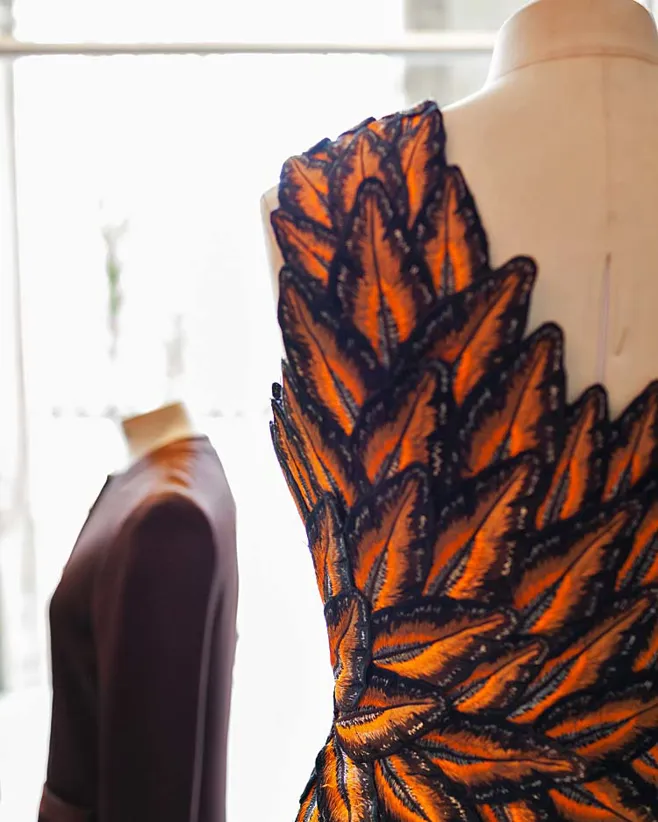
Julien Guerrier Louis Vuitton
And how does one express such a mind-state in sartorial terms? “The Parisian style in a few words: simple design, great attention to details, perfect balance between style and function, a twist of audacity,” he muses. “Accessorizing according to situation and time of day is strongly encouraged,” says Guerrier. “It’s the very basis of the inimitable, enviable, and never-inappropriate Parisian style. The Parisienne, says Guerrier, “issues her own laws, complete unto herself, impervious to diktats but forever thirsty for novelty. She has seen it all.”
See for yourself by following Guerrier’s go-to list of the city’s most stylish spots:
“The purple salons intoxicate customers even before they fall in love with one of the rich, heady fragrances composed by Serge Lutens. The names alone start the process: Bas de Soie, Ambre Sultan, Miel de Bois, and so on. A spiral staircase leads to an equally baroque upstairs room, where you will find beautiful makeup boxes that transport the eye into another dimension. This is a place that seems to be completely detached from the world outside, a place you will want to linger.”
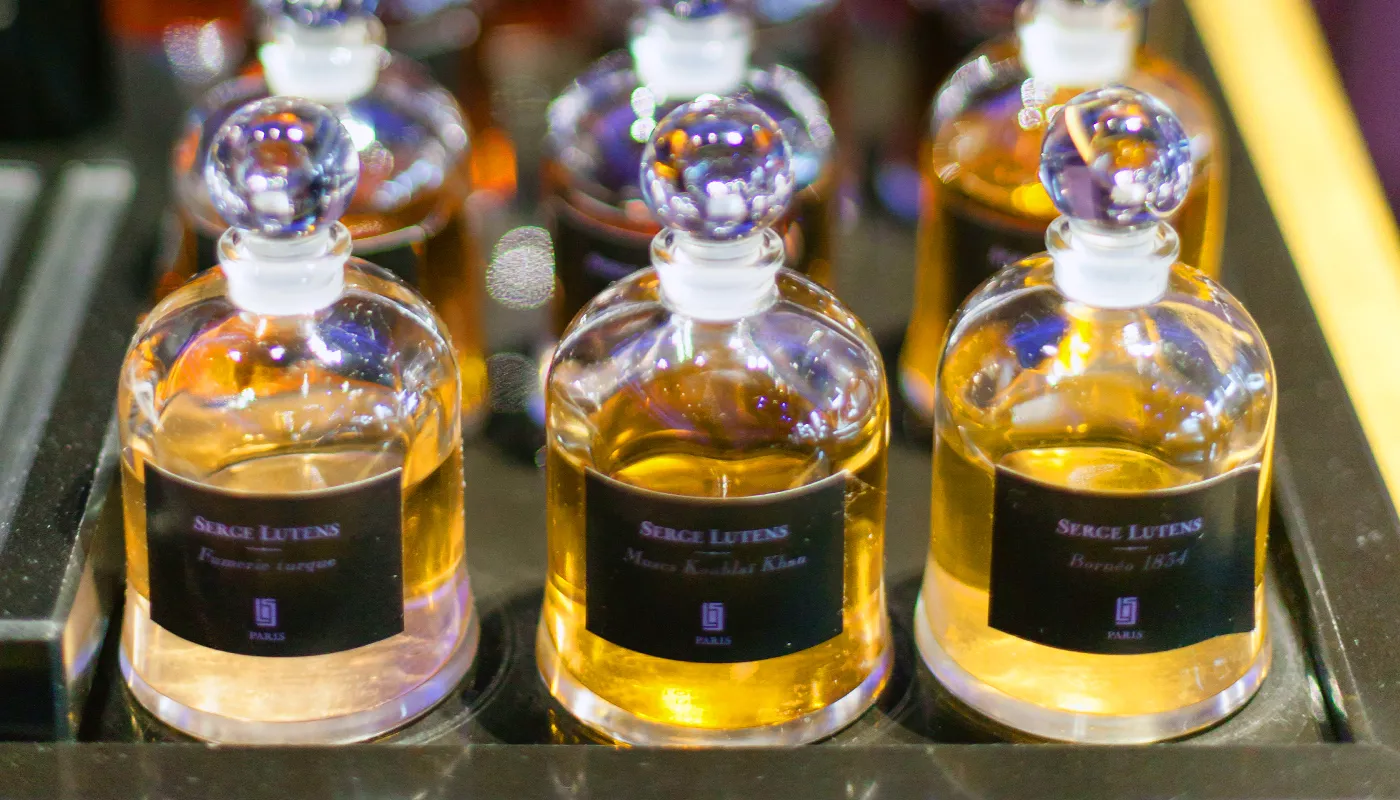
“In the Congo, they call him the Gentleman of Bacongo. In Paris, Jocelyn Armel, known as the Bachelor, is the esteemed representative of SAPE, the Society for the Advancement of People of Elegance. This fashion trend, born in Brazzaville, a former French colonial capital, brings a taste of Kinshasa to Paris via London and Brussels. It’s a kind of African dandy style, ranging in looks from the diplomat to the playboy. In his Château Rouge boutique, the Bachelor silences all who think it’s awfully bad taste and campaigns against boring or funereal outfits by making his brand, Connivences, the standard-bearer for colorful clothes. He creates suits in turquoise, red, and fluorescent window-pane checks, striped evening jackets, and orange velvet three-piece outfits.”
“Karl Lagerfeld opened this bookshop devoted to fashion and the arts in 1999. The selection follows the calendar of major Paris exhibitions. A handful of reference works, such as monographs on the decorators André Arbus and Jean-Michel Frank, deliberately scorn trends. Photograph albums stand guard along the wall. The architecture section includes interesting, less widely available tomes, such as the book on Pierre Chareau’s Maison de Verre in Rue Saint-Guillaume, a stone’s throw from the bookshop, and a volume in English on the house designed by philosopher Ludwig Wittgenstein in Vienna.”
“The most beautiful one in the world, with a top floor dedicated to our travel universe, modern suitcases (buy the one designed by Marc Newson, and customize it with your colors and initials), rigid luggage, traditional trunks, special orders, and contemporary travel objects created by famous designers. And, of course, all our books in a wonderful and colorful Louis Vuitton bookstore.”

Sape & Co
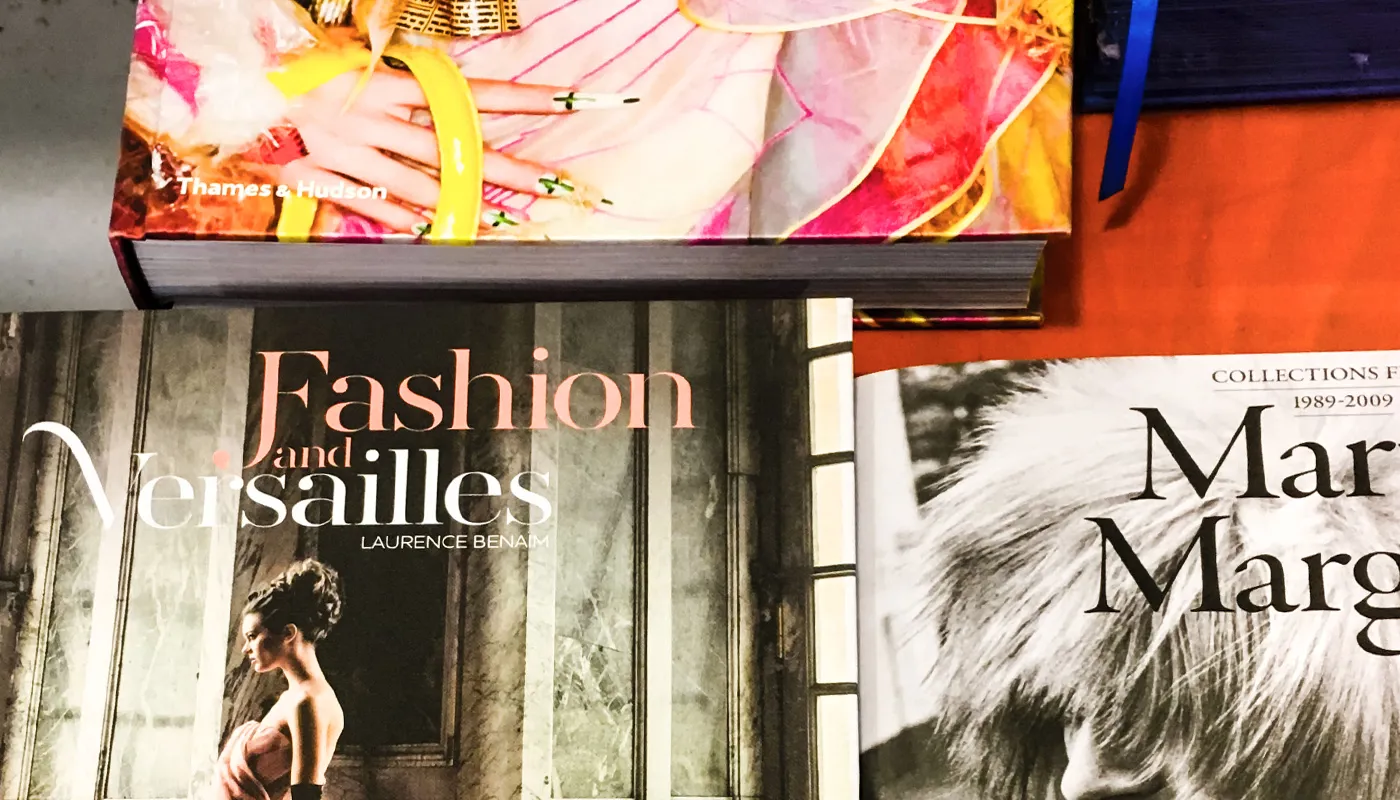
7L

Maison Louis Vuitton Vendôme
“Collectors of fashion the world over know this address by heart. The boutiques of Didier Ludot, known as the pope of vintage, contain near museum-quality collections of 20th-century fashion. The first boutique is devoted to clothes and spans the entire history of French, Italian and Spanish haute couture, while the second—where wedding receptions used to be held—is devoted to vintage accessories, including Chanel jewelry and sandals, Pucci belts, and Hermès bags.”
“A spin-off of the quarterly cycling/lifestyle magazine “Steel,” the Steel Cyclewear shop has a cafe with post-industrial decor. Both the online and bricks-and-mortar store sell cycling outfits and a limited selection of accessories chosen by professionals whose goal is to unite cycling fans. An apostle of style, Steel does not kid around when it comes to quality and performance: the shoes are real cycling shoes, not silly customized tricolor sardine leatherette for pedaling poseurs. Sunday cyclists with Cyrillus cardigans tied around their shoulders should abstain, but there is little risk they would venture into this shop anyway.”
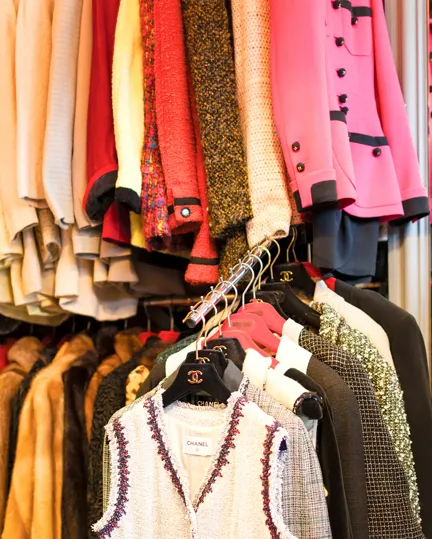
Didier Ludot

Steel Cyclewear and Coffeeshop
“La Grande Épicerie has been completely redesigned but is still found on the ground floor of the department store Le Bon Marché, and now in the basement, too. Now that the fashion department is back in the main store, clothes are on every level. Formerly a pop-up, the concept gift area, La Galerie Imaginaire, is now a permanent fixture, with an exceptional selection of must-haves.”
“Curator Claude d’Anthenaise, himself a keen hunter of original ideas, developed the museum into a center of both education and poetry. Filled with stuffed animals, it almost feels like a fairytale forest. It is designed to recreate the intimate ambience of a collector’s private home, with paintings by Desportes, Oudry, and Chardin and 17th-century Flemish paintings of wildlife. Displays are organized by theme (wild boar, deer, dog rooms) and the spaces are dotted with works of contemporary art.”
“Heading up this bar in the Village Saint-Paul, Amaury Guyot, co-owner with Cathleen McGarry, has a passion for fine whisky. Among his 100-or-so treasures are Hanyu single malt, a Japanese whisky aged for more than twenty years and now virtually impossible to find; a few delicacies infused with the same potion; and some tricks of the trade borrowed from the best bars in Tokyo. The setting is both rudimentary and inviting; it’s wildly popular with a young Paris crowd of chic, well-behaved couples. On Fridays, the atmosphere is more festive, with deep house and electro spun by a DJ.
“With views of Île de la Cité and the banks of the Seine, the terrace here is as popular with loving couples as Brits on a binge. In summer, sip a drink right next to the river. Inside, it’s typically Alsatian, as is the unchanging menu of smoked pork and beef sausages and classic, garnished sauerkraut. Enjoy a drink at the bar with its 20th century espresso machine, one of the oldest in the world.”
Emmanuel Perrotin moved his gallery in 2006 to a town house in the Marais, overhauled by architects Manser and Bourgeois. Two separate spaces are connected by a passageway, so visitors won’t get lost. One is in the right wing of the townhouse and the second is in Impasse Saint-Claude. Representing Takashi Murakami, Sophie Calle, Xavier Veilhan, Maurizio Cattelan, Bernard Frize and Jean-Michel Othoniel, Perrotin has a proven feel for trends on the contemporary art market.”
“The Arts Factory gallery was the first large-scale venue devoted to the contemporary graphic scene. It incorporates a bookshop and exhibition spaces spread across four levels and still has a talent scout’s appetite for showcasing illustrators and cartoonists through exhibitions, rare books, and “Dans la marge,” its famous collection of workbooks.”
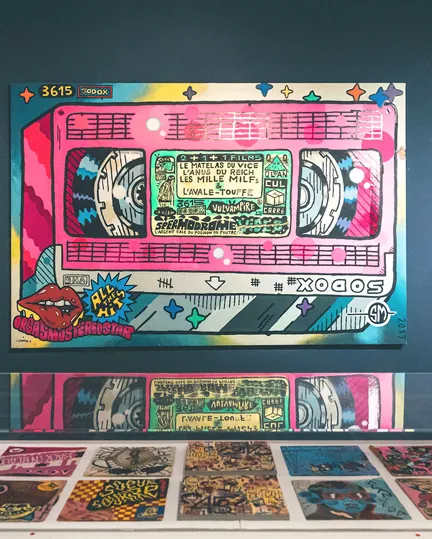
Arts Factory

Galerie Perrotin
The preceding is excerpted from Porter & Sail’s expertly curated destination guides. Design Hotels partnered up with Porter & Sail to offer unparalleled local info and access to next-gen hospitality tools, such as mobile booking, check-in, upgrades, chat and concierge services around and inside many of our hotels. Download the app here.